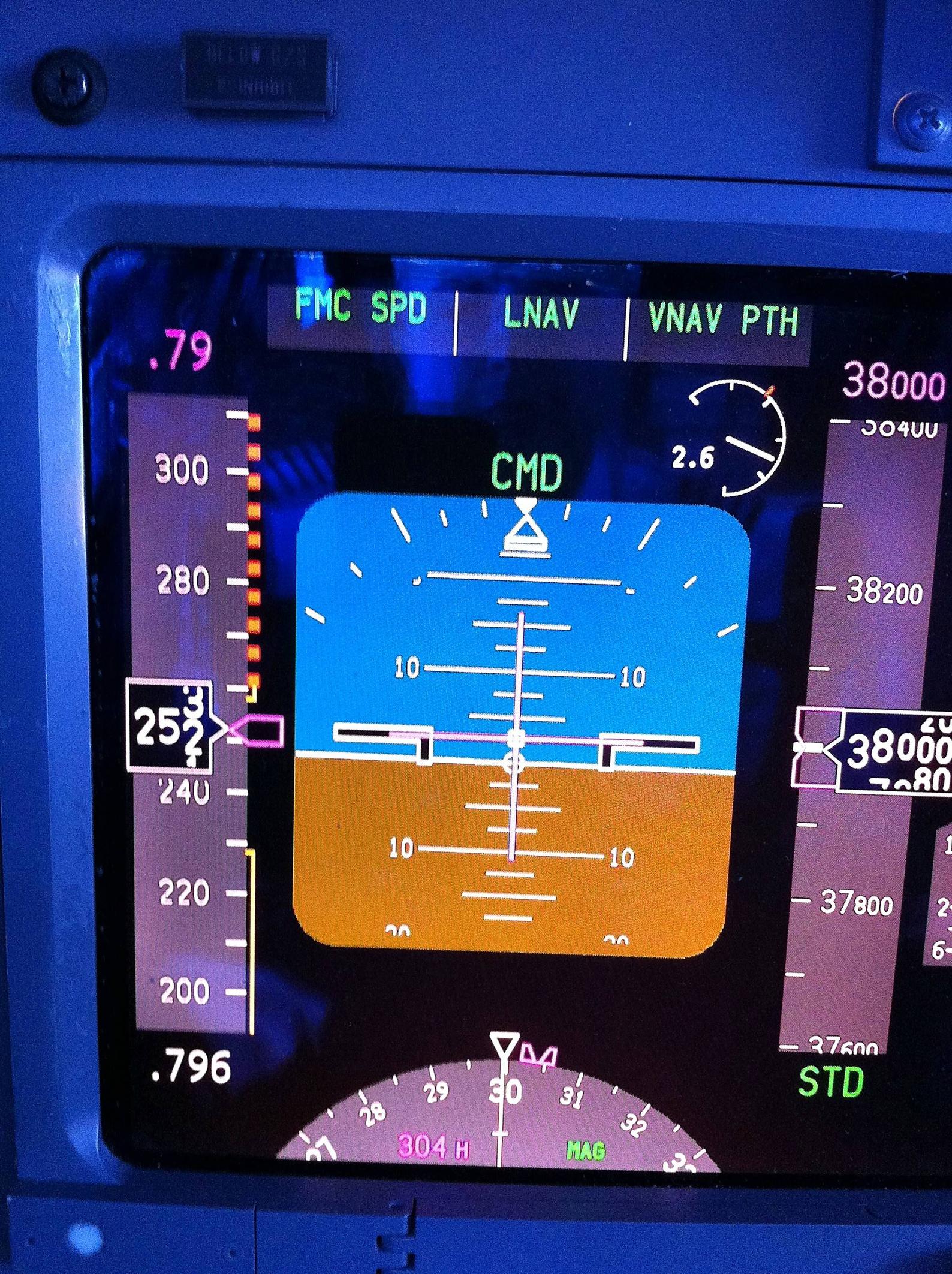First of all, we all know what IAS is and if not for some people you can follow this link to read the basics about stall and the differents speeds. So we also know that our TAS/ Mach number will increase with increasing altitude.
Let's assume that our IAS stall speed is 100kts at sea level, what will be our IAS stall speed at 30 000 feet with exactly the same aircraft ? (Assume ISA atmosphere)
Everyone would be tempted to answer that it doesn't change, right? but what about the low speed buffet in this picture ?
We agree in saying that the low speed buffet here is not the same as the one at sea level but look, our IAS/CAS stall speed has a higher value now. Maybe that it's a representative value of IAS/CAS calculated by the Air Data Computer from an EAS but still, our IAS stall speed has risen.
We can also keep it simple and think about it for a non pressurized single engine aircraft. I don't need an exact value but I would love to have a logic and smart answer.
It seems to be very basic but when we correctly think about it we can find ourself a little bit confused.
For me, the answer is : The IAS stall speed will increases
